Looking for a fresh, healthy meal that packs a flavorful punch? My Za’atar Veggie & Halloumi Bowls offer a delightful mix of roasted veggies, warm halloumi, and zesty za’atar seasoning. This recipe is not only simple but also customizable, making it perfect for any palate. Join me as I guide you through each step to create a colorful and nutritious dish that’s sure to please everyone at your table!
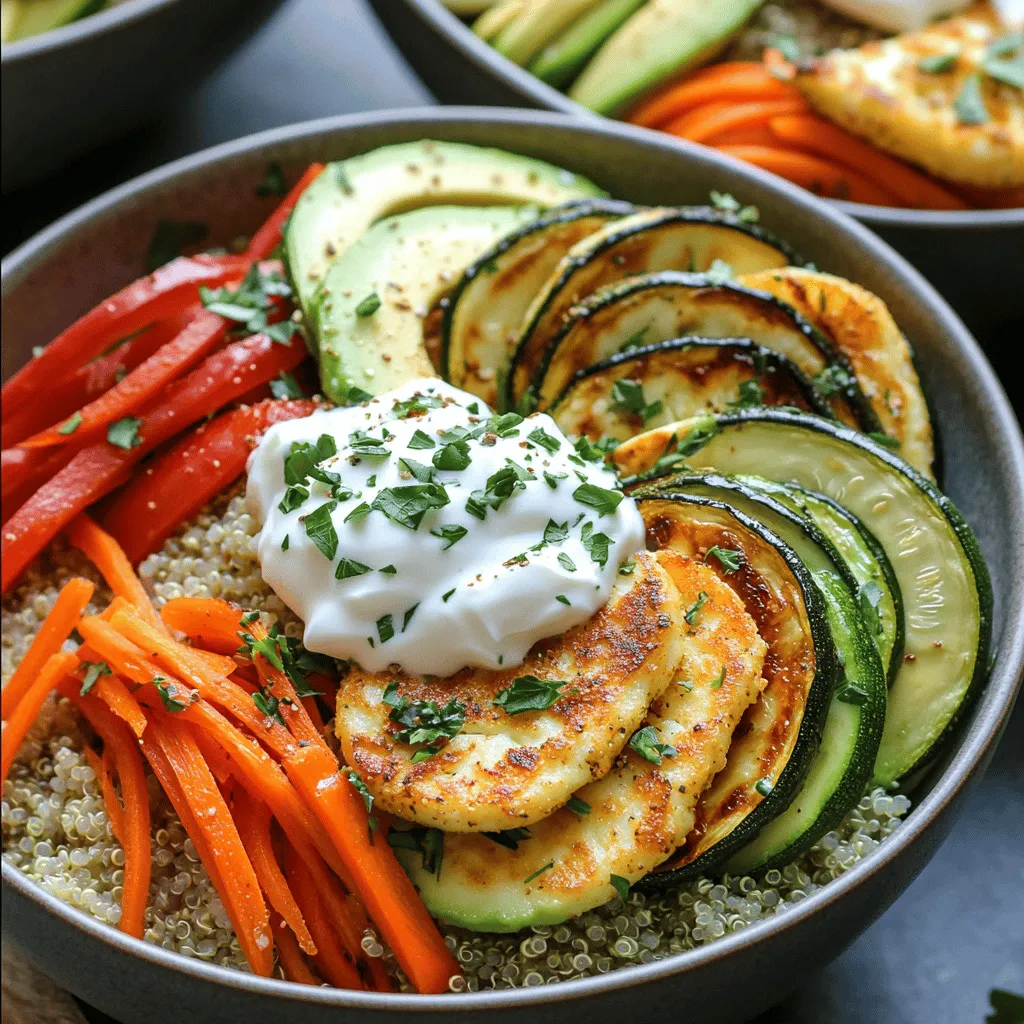
Ingredients
Main ingredients for Za’atar Veggie & Halloumi Bowls
- 200g halloumi cheese, sliced
- 1 medium zucchini, sliced into half-moons
- 1 red bell pepper, diced
- 1 carrot, julienned
- 1 cup cherry tomatoes, halved
- 1 cup cooked quinoa
- 1 avocado, sliced (for topping)
- Greek yogurt (for drizzling)
- 1 cup fresh parsley, chopped
Za’atar spice mix
Za’atar is a Middle Eastern spice blend. It usually includes thyme, oregano, sesame seeds, and sumac. This mix brings a tangy and herbal flavor to your dish. You can find za’atar at most grocery stores or spice shops. You can also make it at home. Just mix dried thyme, oregano, sesame seeds, and a pinch of sumac.
Additional seasonings
For this recipe, you will need:
- 3 tablespoons olive oil, divided
- 1 tablespoon lemon juice
- Salt and pepper to taste
Using fresh ingredients makes a big difference. The olive oil adds richness, while lemon juice brightens the dish. Adjust salt and pepper to your taste. These simple but key elements enhance the flavors of the veggies and halloumi.
Step-by-Step Instructions
Preparing the vegetables
First, preheat your oven to 400°F (200°C). This temperature will make your veggies nice and tender. Line a baking sheet with parchment paper. This keeps food from sticking and makes clean-up easy.
Next, grab a bowl and add your sliced zucchini, diced red bell pepper, and julienned carrot. Pour in 2 tablespoons of olive oil. Sprinkle on 2 tablespoons of za’atar, and add salt and pepper. Toss everything well, so the veggies are fully coated.
Roasting the veggies
Spread the seasoned vegetables on the baking sheet in one layer. Roast them in the oven for about 20 minutes. You want them to be tender and slightly caramelized. Look for a golden color and a sweet smell. These signs mean they are done.
Cooking the halloumi
While the veggies roast, heat a non-stick skillet over medium heat. Add 1 tablespoon of olive oil once the skillet is hot. Place the halloumi slices in the skillet. Cook them for 2-3 minutes on each side. You want them golden brown and crispy. A good crust makes all the difference!
Now you can mix everything together for a delicious meal. Enjoy your Za’atar Veggie & Halloumi Bowls!
Tips & Tricks
Presentation Tips
To make your bowls look stunning, start with a deep plate. Layer the quinoa and veggies first, then place the crispy halloumi on top. Add sliced avocado for color and creaminess. A drizzle of Greek yogurt adds a nice touch. Finish with a sprinkle of za’atar for a pop of flavor and visual appeal.
Customization Options
If you want to swap halloumi, try feta cheese or a vegan cheese. Both add great taste. For veggies, feel free to mix things up. Use eggplant, spinach, or even sweet potatoes. The goal is to keep it colorful and fun.
Perfecting Flavor
Adjusting seasoning is key. Taste your dish and add more salt, pepper, or za’atar if needed. For extra depth, drizzle a bit more lemon juice or a nice sauce. A tahini or yogurt sauce can balance the flavors well, giving each bite a creamy finish.

Variations
Different grain alternatives
You can swap quinoa for other grains. Bulgur is quick to cook and has a nice chew. Farro offers a nutty taste and adds great texture. Each grain brings unique nutrients to your bowl. For example, farro is higher in fiber. Bulgur is great for quick meals. Try them for a new twist!
Vegan and vegetarian adaptations
If you want a dairy-free option, try using vegan cheese. Brands like Daiya or Violife melt well and taste great. You can also add plant-based proteins like chickpeas or black beans. They boost protein and keep the meal hearty. Tofu is another great choice. It soaks up flavors well and adds texture.
Seasonal variations
This recipe is flexible with the seasons. In summer, add fresh corn or bell peppers. In fall, try roasted squash or sweet potatoes. You can change the za’atar mix too. In winter, use hearty greens like kale. Each season brings new flavors and colors. Explore what’s fresh in your market!
Storage Info
Short-term storage
After making Za’atar Veggie & Halloumi Bowls, store leftovers in an airtight container. This keeps them fresh and tasty. You can refrigerate prepared bowls for up to three days. If you have the components stored separately, they may last longer.
Freezing tips
You can freeze the roasted veggies and cooked quinoa. Just let them cool first. Place them in freezer bags or containers. Press out the air before sealing. For halloumi, I recommend cooking it fresh. Thaw frozen veggies and quinoa in the fridge overnight. Reheat them in a skillet or microwave until warm.
Shelf life of ingredients
Each ingredient has its own shelf life. Cooked quinoa lasts about a week in the fridge. Roasted veggies stay fresh for three to four days. Halloumi cheese can last up to three weeks unopened. Once opened, use it within a week. Store avocado slices in lemon juice to prevent browning.
FAQs
Can I use other cheeses instead of halloumi?
Yes, you can use different cheeses. Feta is a great choice. It adds a nice tang. Goat cheese also works well. It melts nicely and has a creamy texture. For a firmer option, try paneer. Each cheese brings its own taste and texture.
How can I make this recipe gluten-free?
To make this dish gluten-free, focus on your grain. Quinoa is naturally gluten-free and works perfectly. Always check labels on any packaged ingredients. For added safety, use gluten-free spices. Most za’atar blends are gluten-free, but it’s best to confirm.
What are the best side dishes to serve with Za’atar Veggie & Halloumi Bowls?
For a balanced meal, serve these bowls with fresh sides. A simple green salad pairs well. You could also try roasted sweet potatoes. They add sweetness and fiber. For crunch, serve pita chips or crispy chickpeas. These options enhance the meal without overpowering it.
In this blog post, we explored the delicious Za’atar Veggie & Halloumi Bowls. You learned about key ingredients like halloumi, fresh veggies, and the za’atar spice mix. We covered step-by-step instructions, tips for presentation, customization options, and variations for different diets. Lastly, we discussed storage tips and answered common FAQs.
Now, you’re ready to create a tasty meal that everyone will enjoy. With a few simple changes, you can make it yours. Have fun cooking!
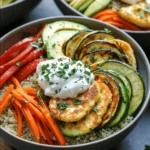

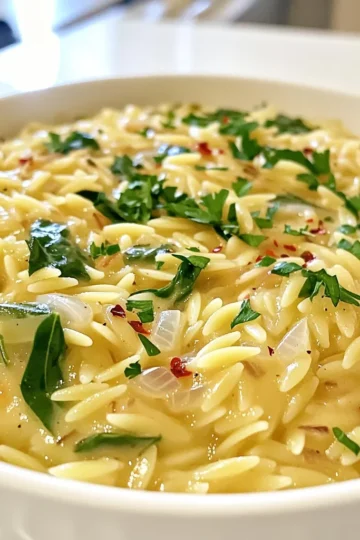
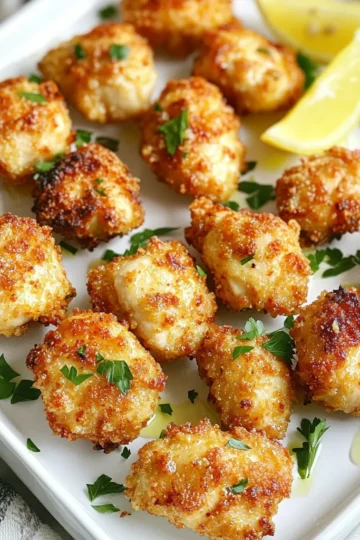

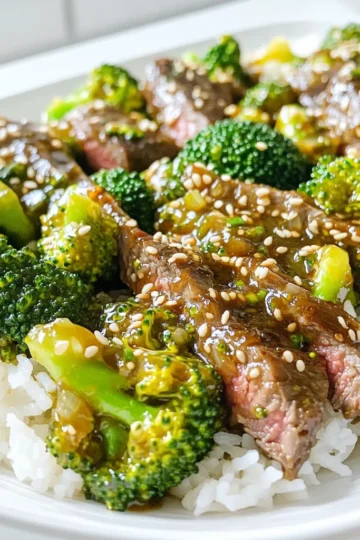
Leave a Reply